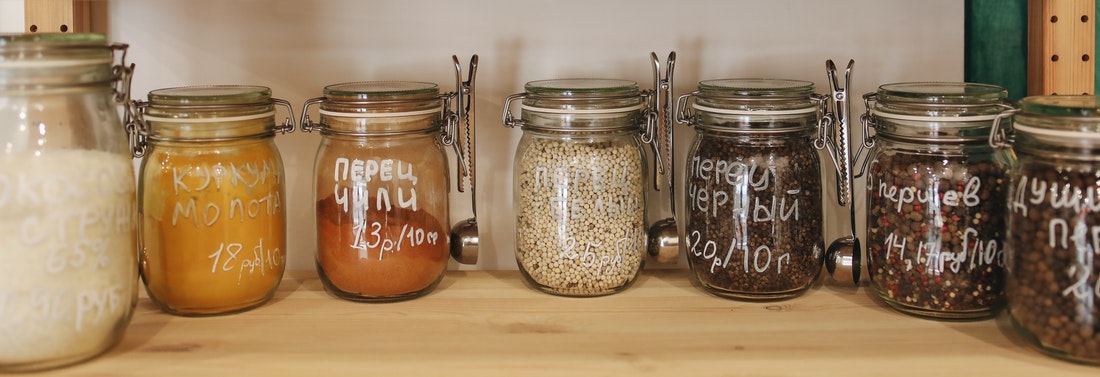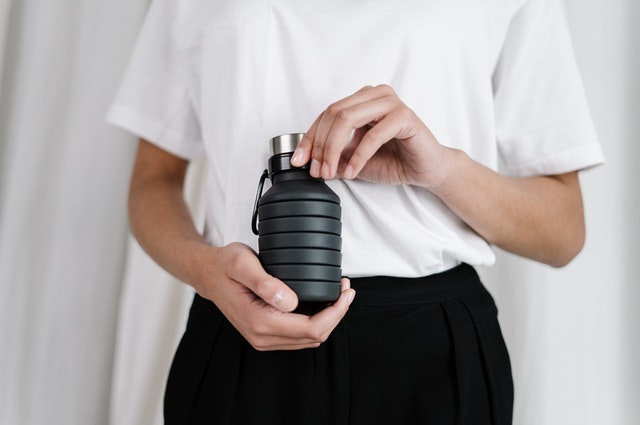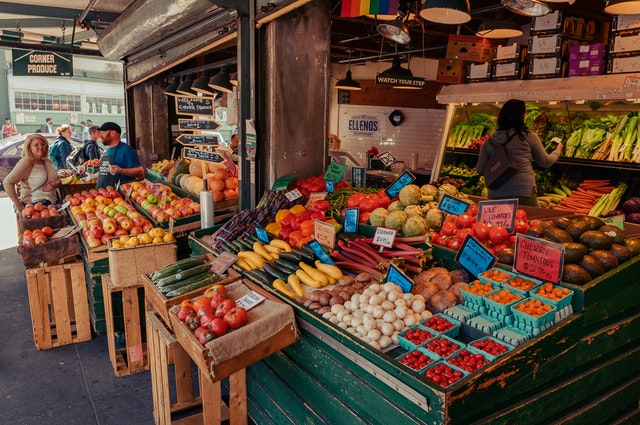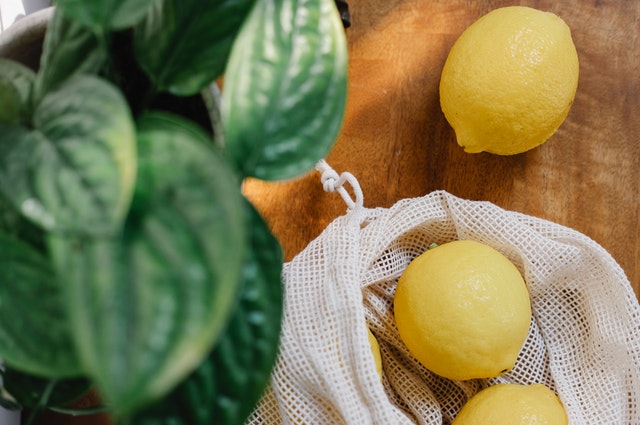How to Eradicate Single-Use Plastics From Your Kitchen
Single-use plastics seem to thrive in society. Australia relies too heavily on plastics, as the country ranks first for the most single-use plastic wasted, at a whopping 59 Kg per person each year. If trends continue, people and wildlife alike will suffer from the drawbacks of plastic products.
One of the biggest culprits for most people is kitchen items, from sandwich bags to produce packaging. Luckily, you have ways to make a change in your life and your community. We’ll explore why change is needed, then dive into a few action items you can take today.
Why Are Single-Use Plastics Bad?
Most people would agree that too much of anything is never good. The same rings infinitely true for plastic, and the danger it poses to both humans and wildlife can’t be ignored. Across the globe, humans produce 300 million tons of plastic waste each year. When this plastic isn’t disposed of properly, it’s left to the animals to figure out what to do with it.
Many animals die from exposure to plastics. They mistake it for an actual food source and consume it, and they might get stuck in plastic without holes cut open. These plastics can affect animal fertility and lifespans, too. Microplastics, originating from various products, shows up on the shorelines and poses a risk to wildlife. Around 85% of plastics found there are from microfiber products.
Plastic isn’t just dangerous to animals, though. Harmful chemicals can leak out of plastic products — not just waste. This material can release dangerous hormones and chemicals linked to infertility, like with animals, and cancer. These chemicals can leach out of your plastic product before you wash it or put it in sunlight. Imagine how many more dangers are released through handling plastic for everyday use.
It’s time to replace as much plastic as you can with sustainable options. You should advocate for change for your health as well as the environment.
How to Avoid Single-Use Plastics in Your Kitchen
Making a change doesn’t come easy. Fortunately, alternatives to single-use plastics have made it more accessible. The following ideas will eliminate plastic from your kitchen by taking advantage of commonly available reusable products and quick lifestyle changes.
1. Beeswax Wraps
Some plastics are unavoidable. The difference rests in the fact that you can reuse one type of plastic, such as a container to store leftovers in, more than just a couple of times before it falls apart and becomes waste. Naturally-antibacterial beeswax wraps can keep your food fresh in the fridge before it’s time to pack it away for the next day’s lunch.
In addition to keeping your food fresh, beeswax wraps also support the bees! These wraps can last a long time and remain tough through every use. By purchasing them, you invest in your health as well as an endangered ecosystem.
2. Reusable Grocery Bags
Utilizing old tote bags you may have around your home is a great way to jumpstart your efforts to help out the environment. The more tote bags you haul to the grocery store to pack your goods in, the fewer plastic bags you’ll use.
While just one person using tote bags as an alternative to plastic bags may not seem like it makes a difference, the numbers prove that change is coming. When asked about their efforts to stop relying on single-use plastics, 38% of Americans said they bring tote bags to the grocery store.
3. Stainless Steel Water Bottle
Instead of constantly buying plastic water bottles, wouldn’t it be worth it to buy just one water bottle every few years? Couple a reusable water bottle with a water filter, and you’ll be drinking clean water while saving the environment every day.
The great part about stainless steel bottles is that they come in various colors and patterns. You can decorate your bottle with sleeves or stickers to express yourself, too, making it a much more unique and stand-out option.
4. Pantry Makeover
An unorganized pantry can drive you to use more plastic, forgetting what you already have on hand and relying on store packaging to keep food safe.
Instead of keeping everything as you buy it, consider recycling your food products’ original containers. Bulk items can reduce your need for store packaging. Cotton sacks work great to hold dry pasta. Clear, stackable bins with designated cabinet space can organize shelf-stable goods like flour, sugar and oats.
This strategy has the biggest impact if you opt for bulk food stores or fresh items where possible. When you buy in bulk, you ultimately use less plastic and cardboard from the packaging. Just save the food for when you need it, and until then, you can enjoy your stylish and sustainable pantry.
5. Fresh Food Only
When you go to the grocery store, be on the lookout for items that are packaged in plastic needlessly. You should opt for fresh produce whenever possible, not the ones with layers of plastic packaging and preservatives.
While fresh food may go bad quicker, you can plan your meals ahead of time to minimize food waste — another boon that comes along with reducing your plastic usage! Freezer-safe glass containers can keep produce fresh or frozen when you plan ahead.
Avoiding Plastics in the Kitchen
Transitioning from reliance on plastics to living without them can be challenging, but that doesn’t mean it’s impossible. Take one step toward more sustainable living, and when you’re comfortable with that, take another. The world is waiting for your action, and you can make a difference just by sharing your knowledge and implementing more eco-friendly practices.
Author Bio: Evelyn Long is a writer and the editor-in-chief of Renovated. Her work focuses on green building and sustainability initiatives.





